Optimizing Infrastructure with Geosynthetic Drainage Panels: Real-World Case Studies
Discover real case studies where geosynthetic drainage panels enhance water control and structure stability in urban and highway projects.
Tel: +86-411-39569550 | E-mail: info@geofantex.com/geofantex@gmail.com

Discover real case studies where geosynthetic drainage panels enhance water control and structure stability in urban and highway projects.

Explore real-world cases where geocomposite wall drain systems enhance drainage and structural stability in engineering projects.

meta_description: Geonet landslides mejoran estabilidad y reducen erosión en taludes, impulsando soluciones geotécnicas sostenibles.
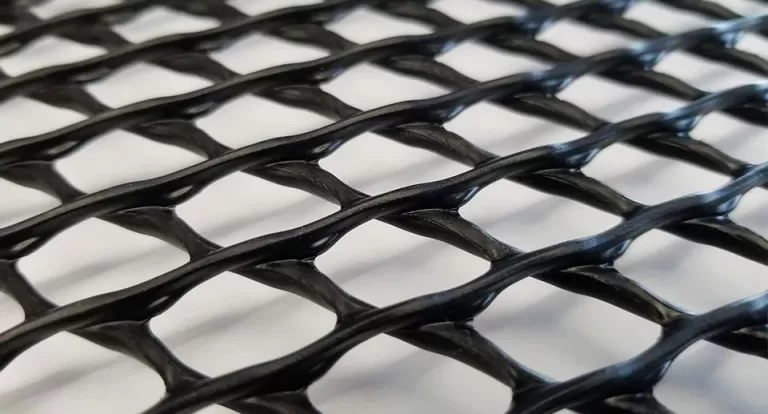
Geonet HDPE products lead sustainable growth in geosynthetics with recycled materials and rising global demand in Q2 2025.
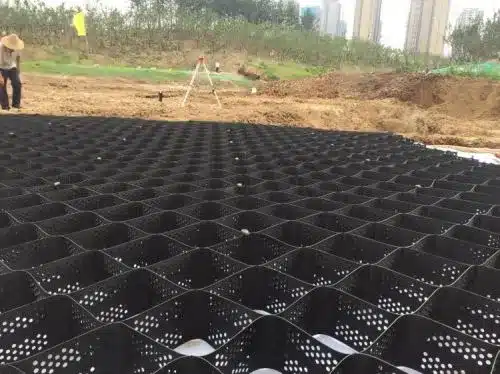
Explore how to select the best geocell for sale for erosion control, soil stability, and heavy-duty ground reinforcement in construction.
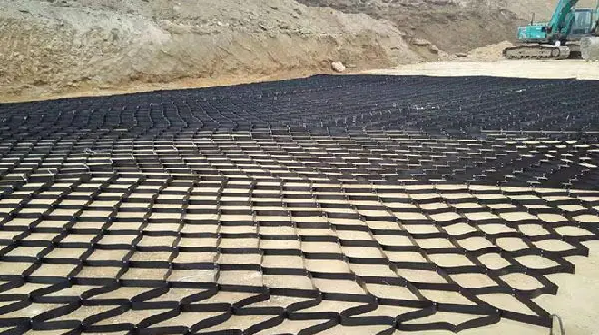
Buy geocell systems to solve erosion, soil instability, and load support with durable, easy-to-install geosynthetics.

Find trusted geomembranes buy manufacturer by asking key questions on quality, certification, support, and environmental compliance.
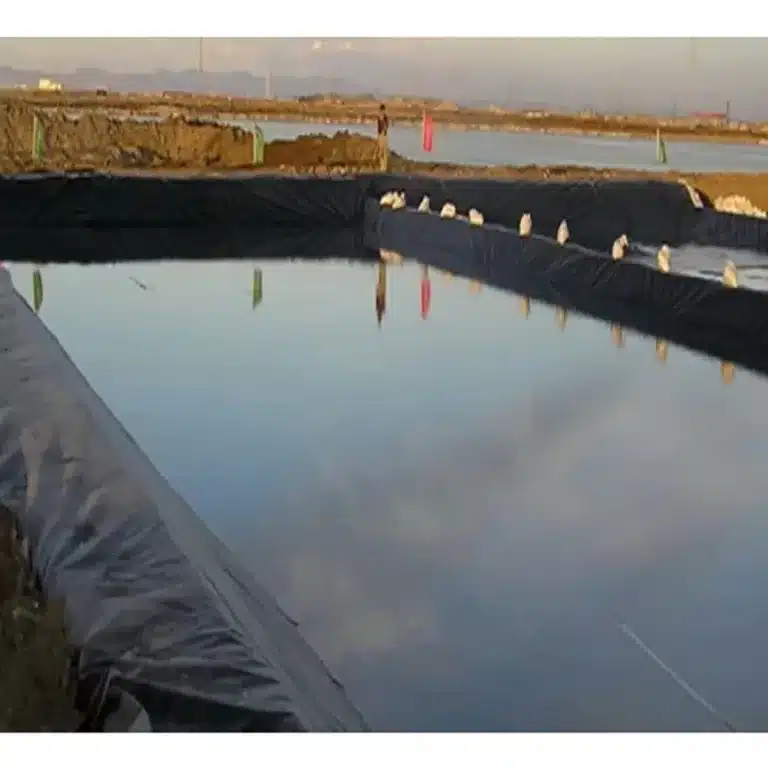
Geomembrane liners solve problems in landfills, reservoirs, and farming by offering durable containment and environmental protection.

Learn how geogrid fabric enhances soil reinforcement and lowers costs with key benefits and market insights backed by industry data.
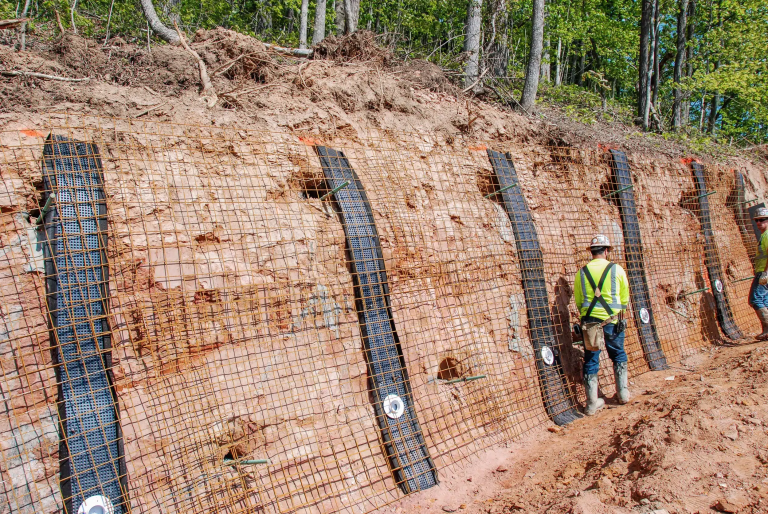
Learn how geogrid retaining walls work, their geosynthetics types, key benefits, and market trends with real industry data.
End of content
End of content
WhatsApp us